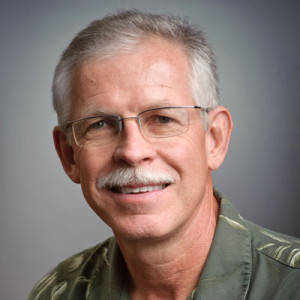New Training Program for Doctoral Students to Focus on News Coverage of Infectious Disease
Columbia, Mo. (July 26, 2010) — A new grant will fund a Missouri School of Journalism doctoral student who is interested in studying how to improve news coverage of infectious disease and public health.

Through funding from the U.S. Department of Homeland Security (DHS), the Health Communication Research Center (HCRC) at the School will initiate a training program for doctoral students interested in communicating health issues to the public and the science journalism community. The program also will focus on zoonotic diseases, which are diseases that can jump from animal to human populations, and foreign animal diseases.
The 2009 threat of international pandemics of the bird and H1N1 influenza viruses is a recent example of the scope of the research to be conducted. While news of these diseases dominated the headlines and dinner-table conversations, the Centers for Disease Control and the World Health Organization were challenged to communicate information that was easy to understand and accurate.
“News coverage by a better informed cadre of science journalists will increase public support for scientific inquiry and enhance a reasonable and responsible response to possible infectious outbreaks.”
HCRC Director and Maxine Wilson Gregory Chair Glen T. Cameron will lead the six-year science communication grant project and will work with one journalism doctoral student for each year of the grant.
This project is part of an overall $12 million grant received by the Kansas State University for the Center for Excellence for Emerging and Zoonotic Animal Diseases (CEEZAD) to conduct research, develop technology, and train a specialized workforce to successfully defend our nation’s agriculture economy against agro-terrorism and emerging animal pathogens. DHS’s centers of excellence bring together leading experts and researchers to conduct multidisciplinary research and education for homeland security solutions. Each center is led by a university, in collaboration with partners from other institutions, agencies, laboratories, think tanks and the private sector.
“The Health Communication Research Center prides itself on practicing the Journalism School’s vaunted ‘Missouri Method,’ learning by doing real journalistic work,” Cameron said. “The doctoral fellow will join our other efforts to improve science reporting and the public discourse that follows from improved science news coverage.”
Doctoral students funded by CEEZAD will study the formation of public opinion around complex scientific work, using this knowledge to improve science journalism and science public relations to convey accurate and measured information to the general public through mass and social media channels. News coverage by a better informed cadre of science journalists will increase public support for scientific inquiry and enhance a reasonable and responsible response to possible infectious outbreaks.
The research done by Cameron and the doctoral students on the CEEZAD communication programs will help inform the HCRC’s Howard Hughes Medical Institute project in the Bond Life Sciences Center, especially the Online Science News Portal. The portal will permit dissemination of work by CEEZAD scientists to science and health journalists as well as any interested visitors to the website.
About HCRC
The Health Communication Research Center is a grant-funded center based in the journalism school. Its primary mission is to foster interdisciplinary research to improve communication between the health care community and the public. The center capitalizes on the University of Missouri‘s strengths in health care outreach, education and prevention.
Updated: May 13, 2020